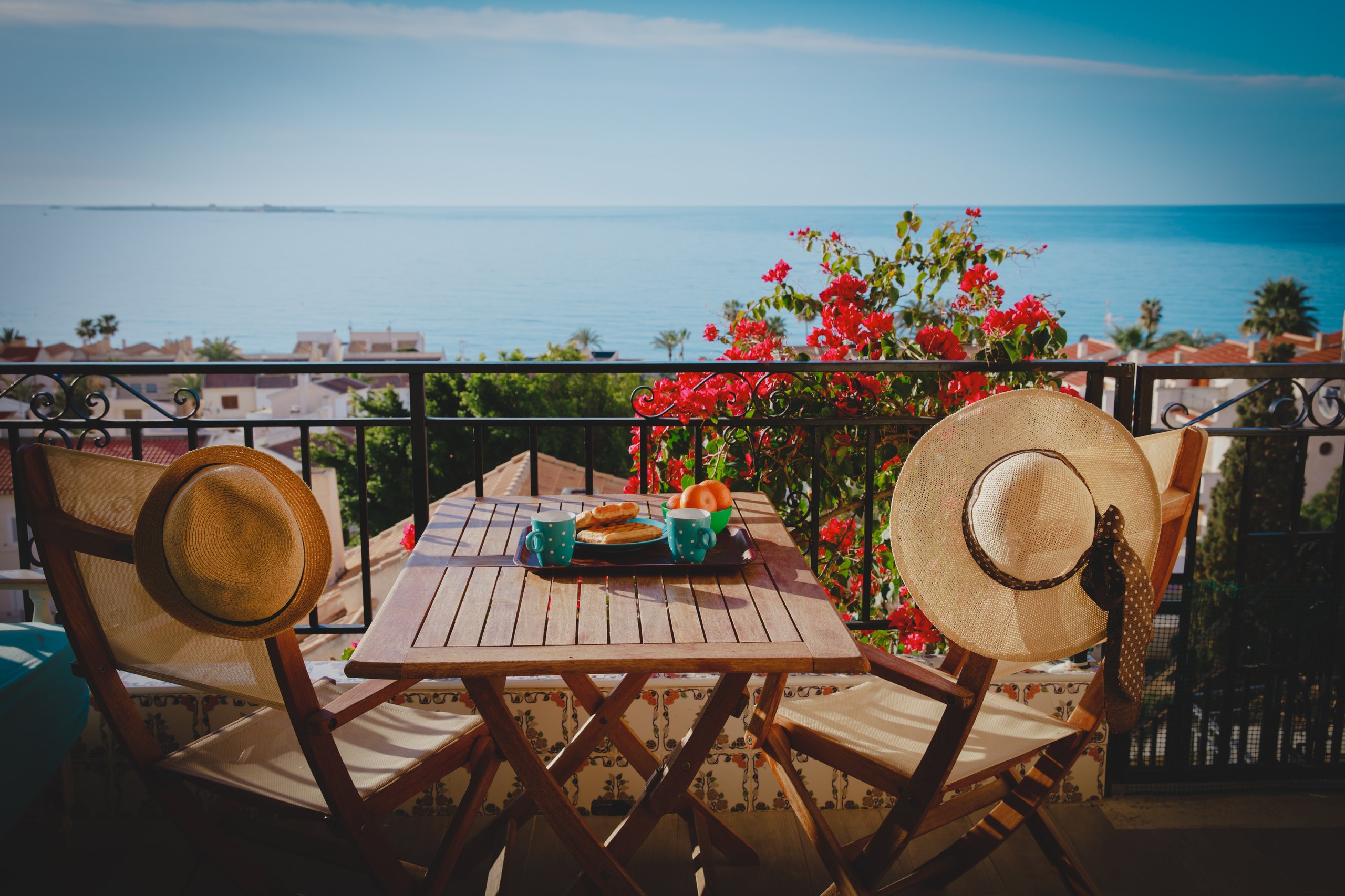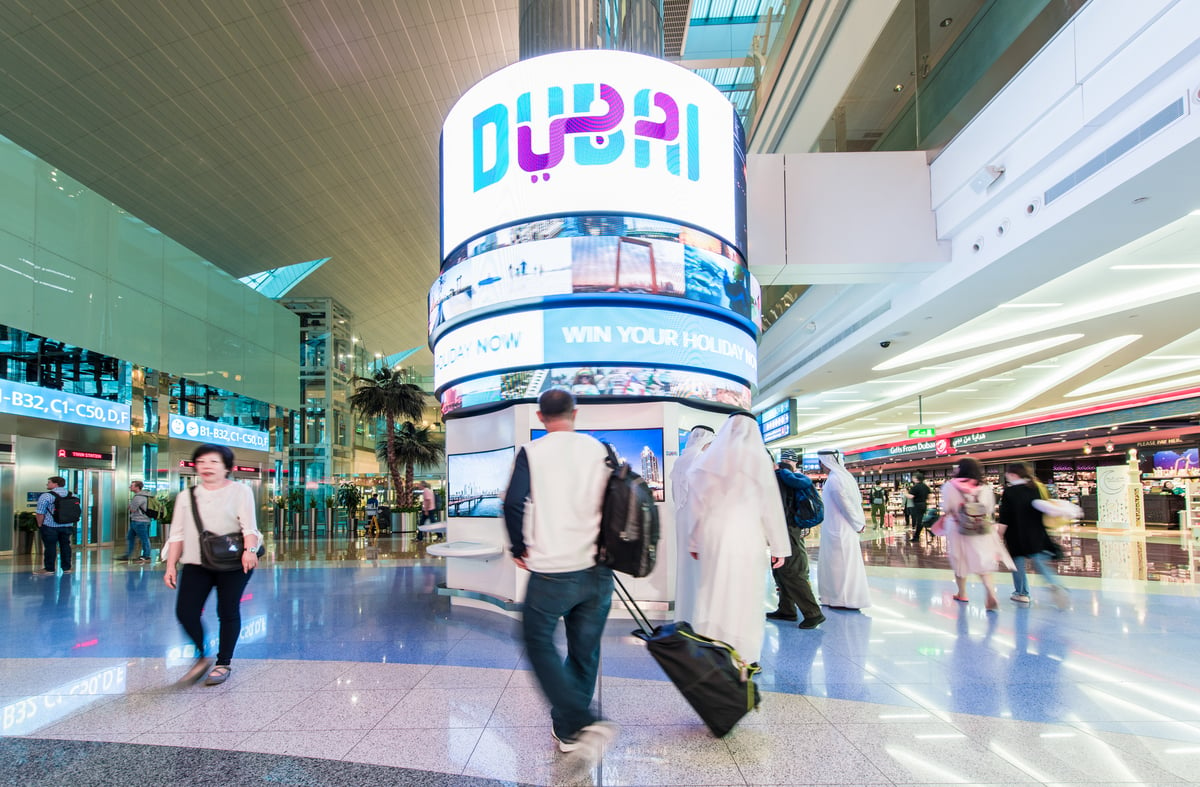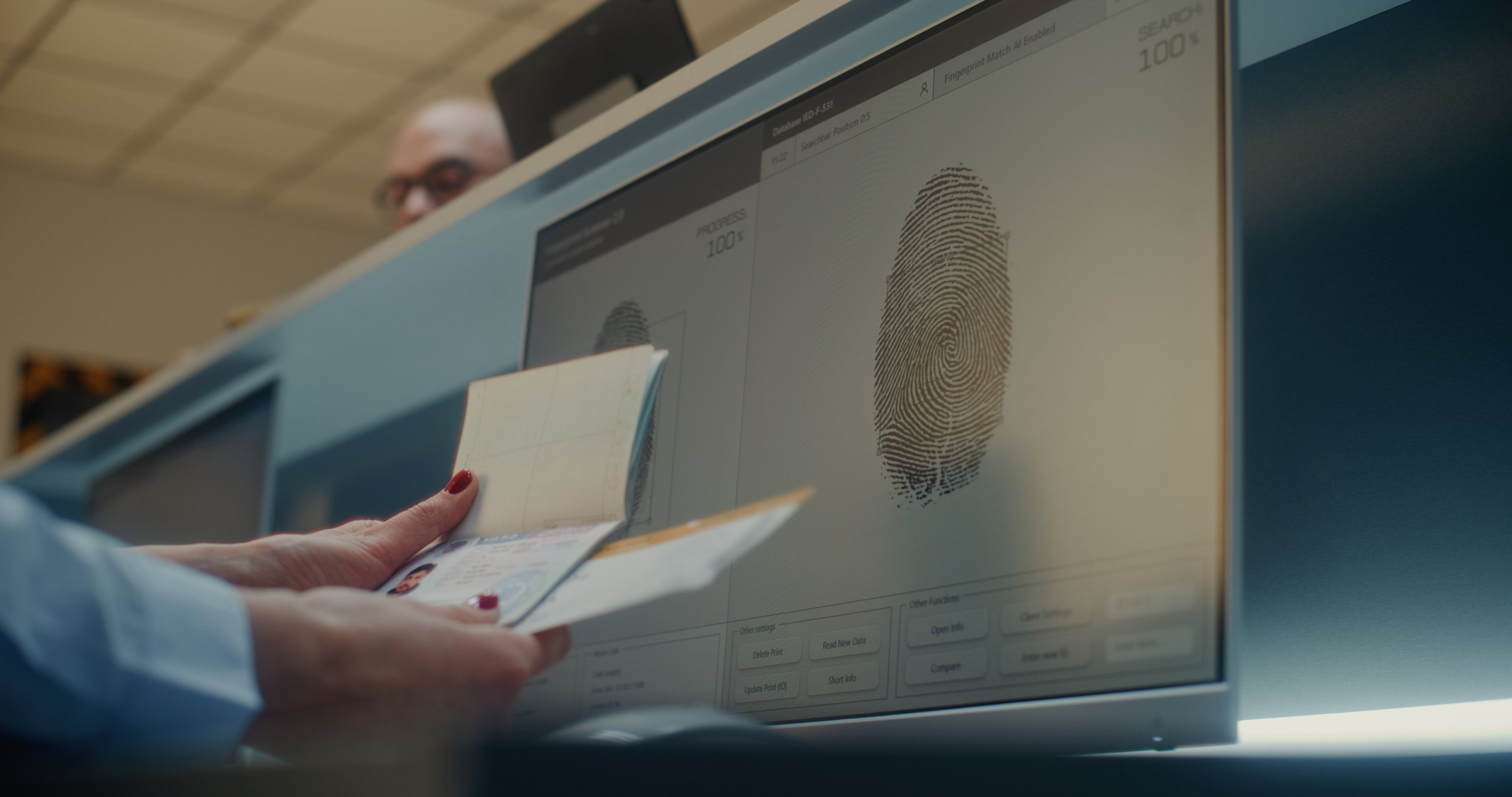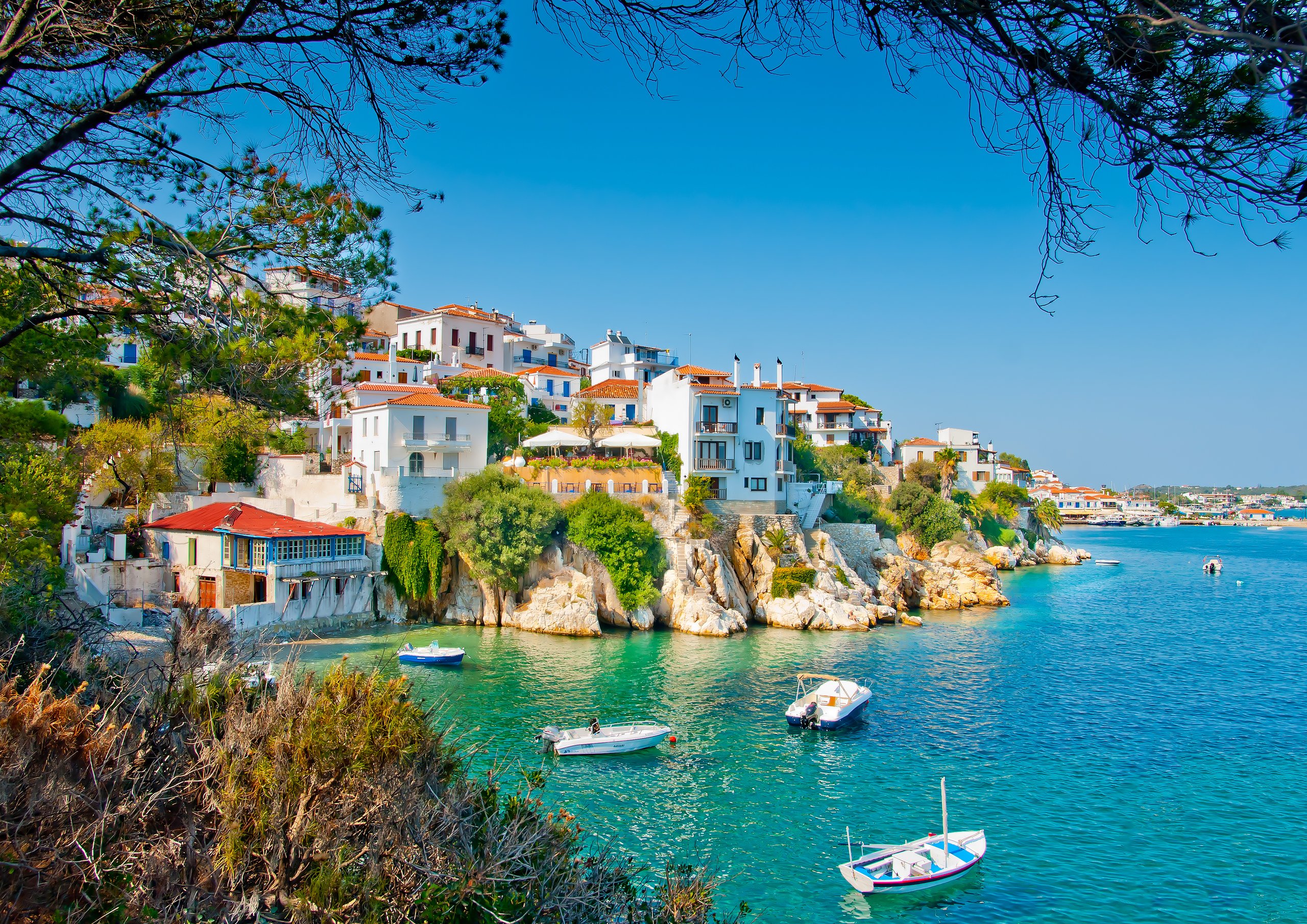Driving in France should and can be a real pleasure. In general, the roads are less congested, well maintained and it is a wonderful way to see the country. It is important to be aware of all the driving rules in France before you set off. Here you will find all you need to know so that you are safe on the French roads.
Driving to France from the UK: what do I need?
Make sure you have with you all the following documents before you drive in France:
- Driving licence
- Passport
- Vehicle registration document (carte grise in France)
- Insurance document
A UK sticker displayed on the back of your car (changed from GB in September 2021). You should also carry a warning triangle, high vis safety jacket and headlight beam deflectors. Read more on French travel advice on Gov.UK.
What is not compulsory but advised?
- Fire extinguisher
- Spare bulbs
- First aid kit
French road regulations
You drive on the right-hand side of the road in France and thus when it comes to roundabouts, you go around towards the right and only signal as you approach your exit road.
“Priorité à droite” is a very important rule to remember. Any road on your right (except for on a motorway) has priority over you, even a more minor road. This is something you need to be very aware of since occasionally it feels wrong to be giving way to a smaller road. A white sign with a yellow square, however, means you do have priority over the upcoming road on your right. If the yellow square has a black line through it, beware: priority is on your right! If in doubt, always slow down and look to your right.
Road types in France
Roads are autoroutes or motorways, N routes are national roads, good as an alternative to motorways, most of which have a toll system, D routes are departmental roads which are smaller roads.
View a visual guide to French road signs on RAC
Where France meets its borders, you can sometimes see different road numbers on the sign. The French ones are white on a red background whereas European numbers are white on a green background.
Toll roads
Most autoroutes are toll roads. To access, you will need to take a ticket from a machine at the entrance to the autoroute and only pay when you come off the autoroute (card or cash). There are also toll roads at some bridges and viaducts in France.
The autoroutes are managed privately and thus if you break down, you need to use the orange emergency phones which are located every few miles along main roads and motorways. If this is not possible, call the emergency number 112 from your mobile.
Speed limits:
Motorways: 130 kph and 110 kph when it is raining
Dual carriageways: 110 kph and 100 kph when it is raining
Rural areas: 80 kph
Urban areas: 50 kph
There are many speed cameras across the country and any fine imposed must be paid within two weeks failing which the amount increases. Note that any device which picks up speed cameras is forbidden in France.
If you are 30 kph over the limit or more, you may have your licence taken away.
Drink driving laws
The drink driving laws are strict in France. The limit is 0.5 mg/ml of alcohol per litre in blood (as it is in most European countries) as compared with 0.8 mg/ml in the UK. Note that for the first three years after passing your test the limit is reduced to 0.2 mg/ml.
What are the consequences if caught driving whilst over the legal limit?
Penalties: there are 2 categories: if you are between 0.5 and 0.8 mg/litre over the limit then the fine is now €135; 0.8 mg/litre and you will need to go to court where the maximum fine is €4,500
Serious offences such as repeatedly drink driving, driving without a licence, without insurance or exceeding the speed limit by more than 50kph mean your vehicle can be seized there and then, pending either payment of a fine or a court case.
Mobile phones
It is illegal to use a mobile phone while driving – even with a hands-free set. Should you be caught, you will be faced with an on the spot fine of €135.
Children
It is compulsory for children under the age of 10 to sit in the back and be restrained with a car seat appropriate for their weight. Any child between 9 and 15 kg must be in a car seat. Over 15 kg, they can use a seat belt and booster cushion.
Headlamps
The beam angle needs to be adjusted in your car to take account of driving on the right, to avoid dazzling oncoming traffic. Note that motorcycles over 125cc must have dipped headlights even during daytime. It is generally considered correct to drive all the time with side lights, though not compulsory. Note that if a car on the other side of the road is flashing its lights, this often is taken to mean a warning that there are police along the road – a useful tip!
Clean air stickers
In France, cars that comply with European emission standards for air quality, must display a Crit’Air sticker. Note that cars registered before January 1997 however are ineligible and thus cannot drive in areas where restrictions are in place.
The system of “Crit’Air” stickers was introduced in January 2017 in order to reduce vehicle emissions, particularly in towns and cities. In some of these, certain cars can be refused entry based on what category their sticker is.
Apply for your Crit-Air sticker here
This is a 6-category system depending on what emissions your car produces. You apply to the French government website online to obtain a sticker for your car. The official website of the Crit’Air vignette (air quality certificate) is the Ministry of Ecological transition. They cost just a few euros. You will need a copy of your registration document for this. Plan several weeks ahead as it can take up to six weeks to receive your sticker.
Horns
Horns are only permitted to be used to give warning to other cars. Also note, that between sunset and sunrise, horns should only be used in case of emergency; any warning should be given with flashing your lights.
Traffic lights
Bear in mind there is no amber light after the red light. A flashing amber light means caution, but you can proceed, though remember to give way to traffic from the right.
A red light with a flashing amber arrow means you can proceed in the direction it shows if you give way to cars travelling in the same direction.







